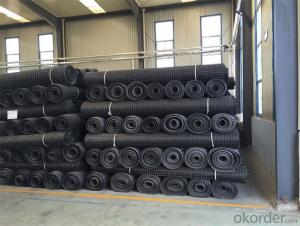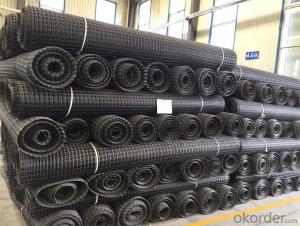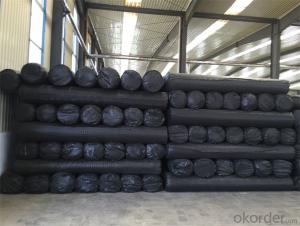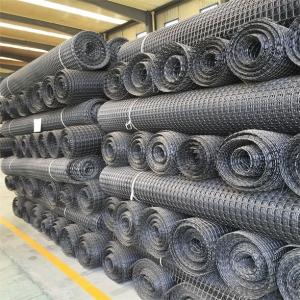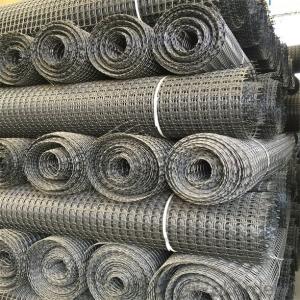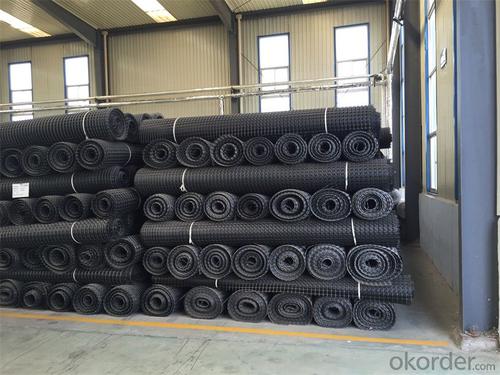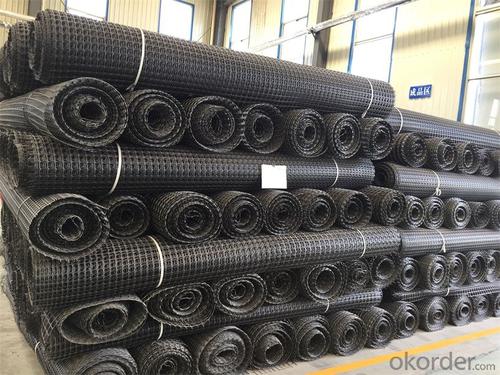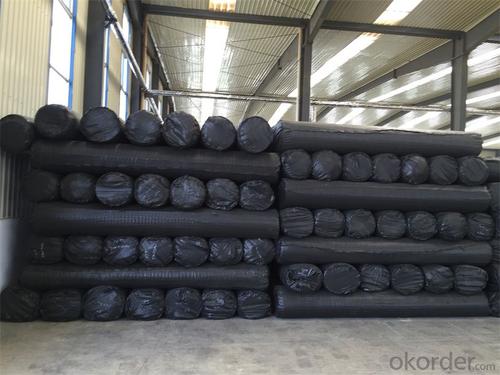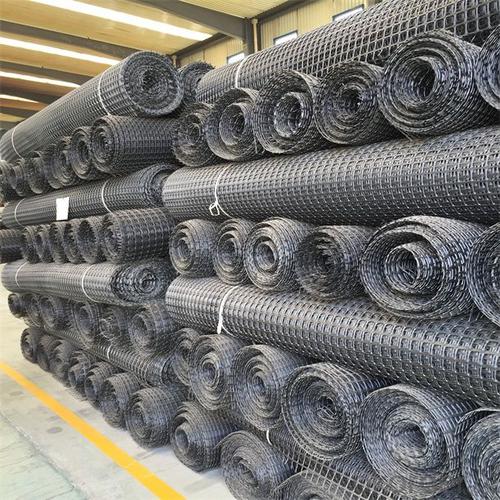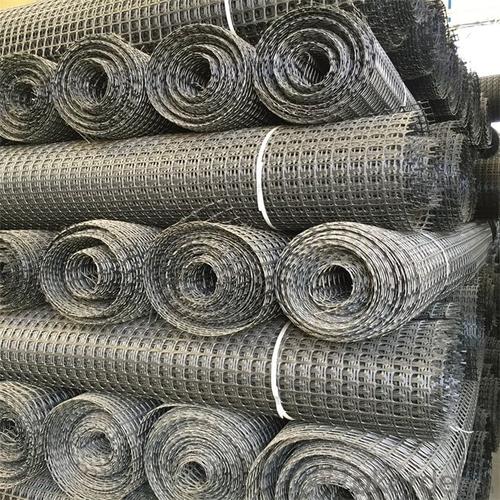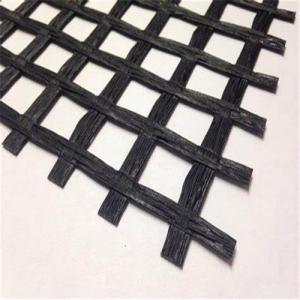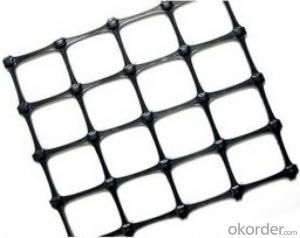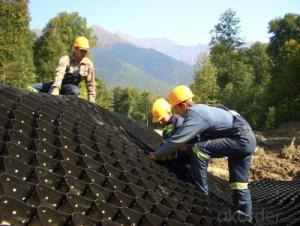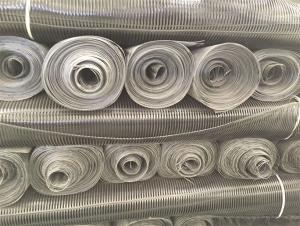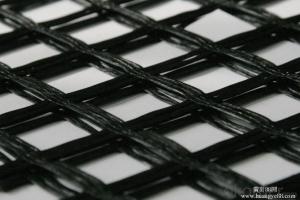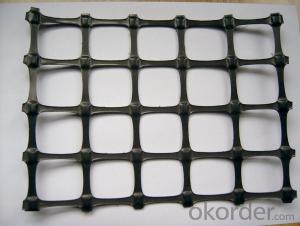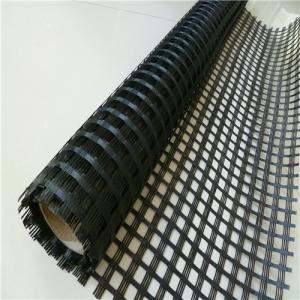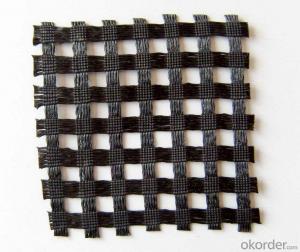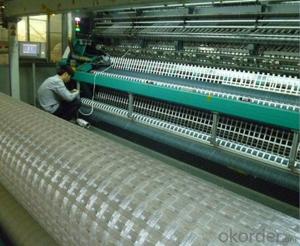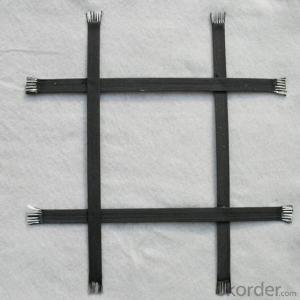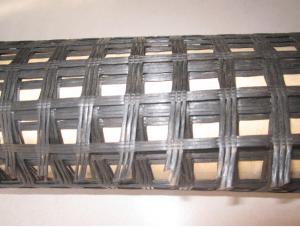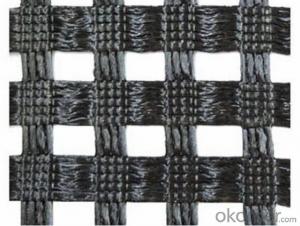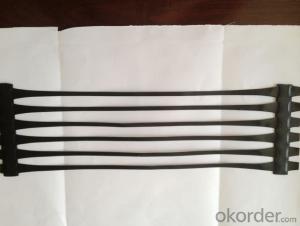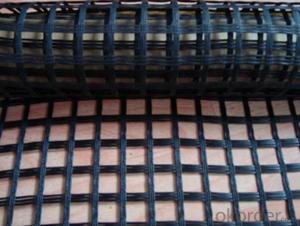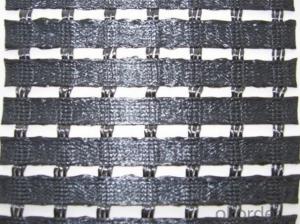Biaxial High Tensile Strength Warp Knitted Geogrids for Tree Protection
- Loading Port:
- Tianjin
- Payment Terms:
- TT OR LC
- Min Order Qty:
- 20000 m²
- Supply Capability:
- 50000000 m²/month
OKorder Service Pledge
OKorder Financial Service
You Might Also Like
Fiberglass Geogrid Introduction:
Fiberglass geogrid is a kind of planar mesh material using alkali-free fiberglass yarn as base body and then coated with high quality modified asphalt. It is warp knitted with oriental structure which gives full play of yarn strength and improves its mechanical property to make the product high tensile, tearing and creep-resistant. Moreover, the composite property of coating with asphalt makes full protection of the fiberglass matrix and greatly improves its wear and shear resistance. All the advantageous functions make the product have a good performance in pavement strengthening, track cracking and solving difficulties of strengthening the bituminous pavement.
Fiberglass Geogrid Features:
1. Light weight, high tensile strength, high modulus, low elongation and good toughness.
2. Corrosion resistance, no long-term creep, long life span.
3. Good physical and chemical stability and good thermal stability.
4. Resistant to fatigue cracking, high-temperature track and low temperature shrinkage cracking.
5. Delaying and decreasing crack reflection.
Specifications | PET20-20 | PET30-30 | PET40-40 | PET50-50 | PET80-80 | PET100-100 | PET120-120 |
Elongation(%) | 10%~15% | ||||||
Vert Tensile strength(KN/m) | 20 | 30 | 40 | 50 | 80 | 100 | 120 |
Horiz Tensile strength(KN/m) | 20 | 30 | 40 | 50 | 80 | 100 | 120 |
Grid(mm) | 12.5×12.5 20×20 24.5×24.5 | ||||||
Width(m) | 1—6 | ||||||
Fiberglass Geogrid Application:
1. Road surface asphalt overlay construction engineering; Asphalt layers
reinforcement.
2. Converting old cement concrete road into composite road; Restraining
reflection cracking caused by block shrinkage.
3. Road extension; Preventing and controlling the cracking caused by new
and old combination and uneven settlement.
4. Treatment of the conjunction between tunnel and bridge or foundation.
Packaging & Shipping:
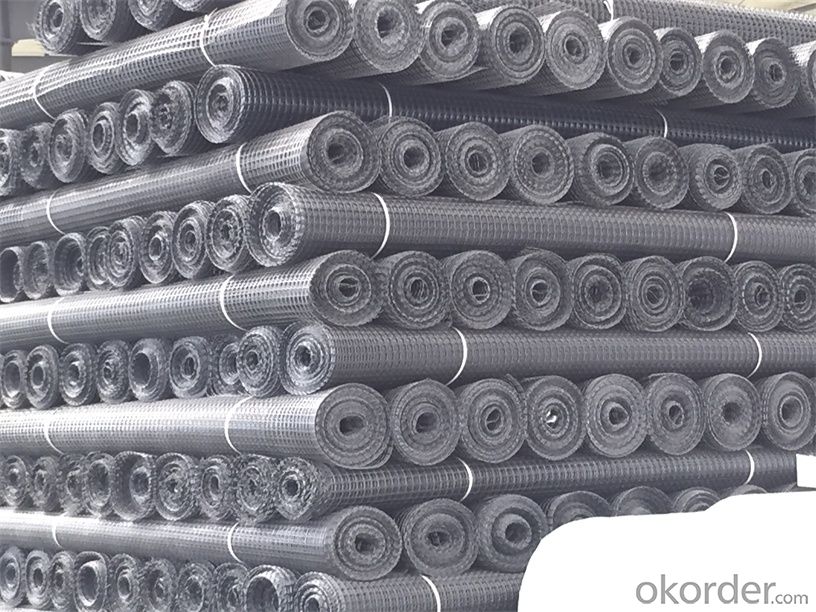
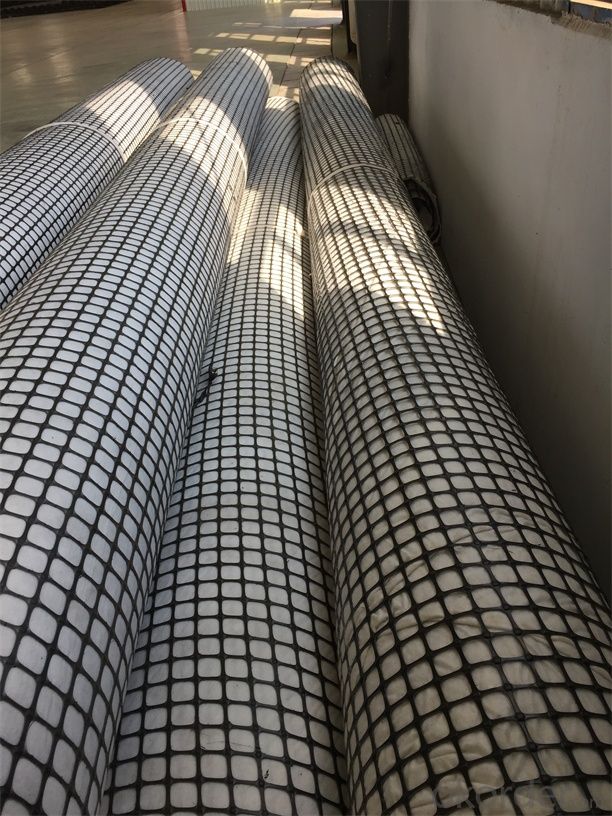
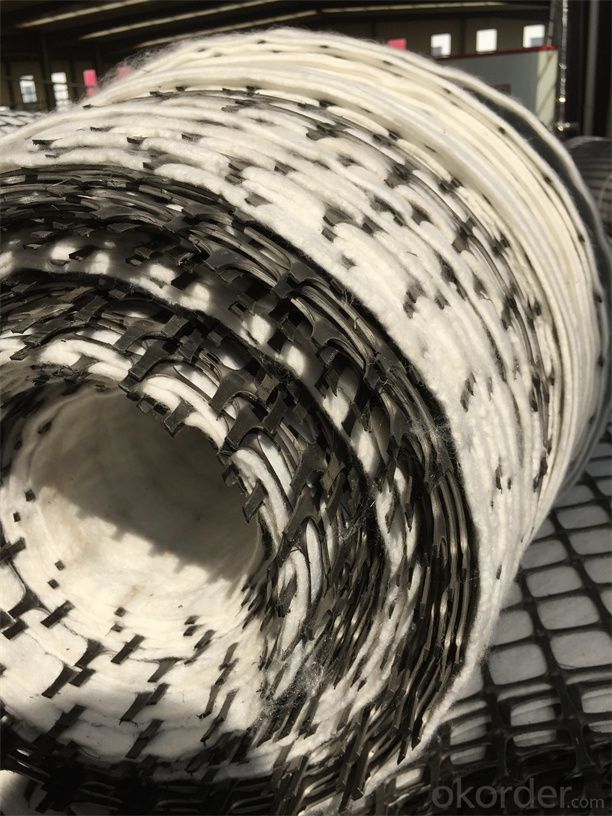
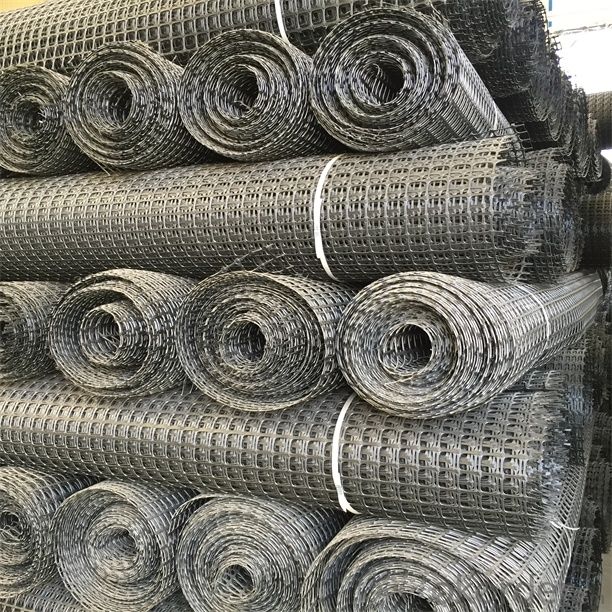
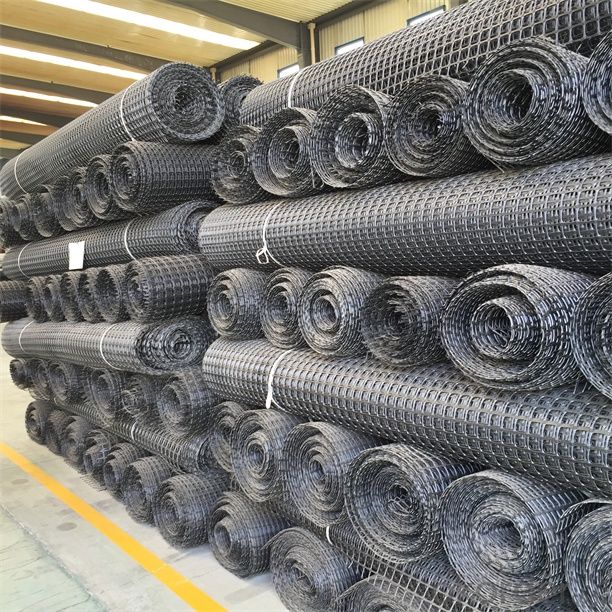
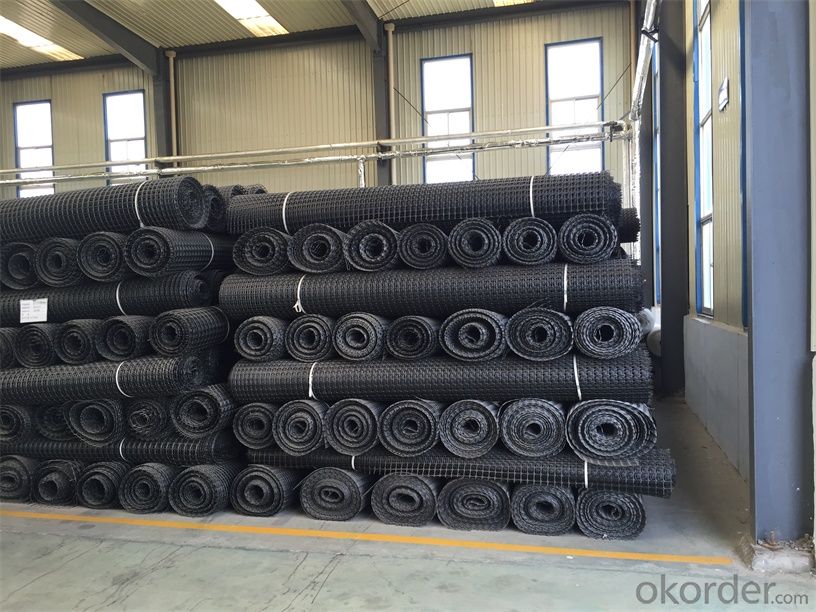
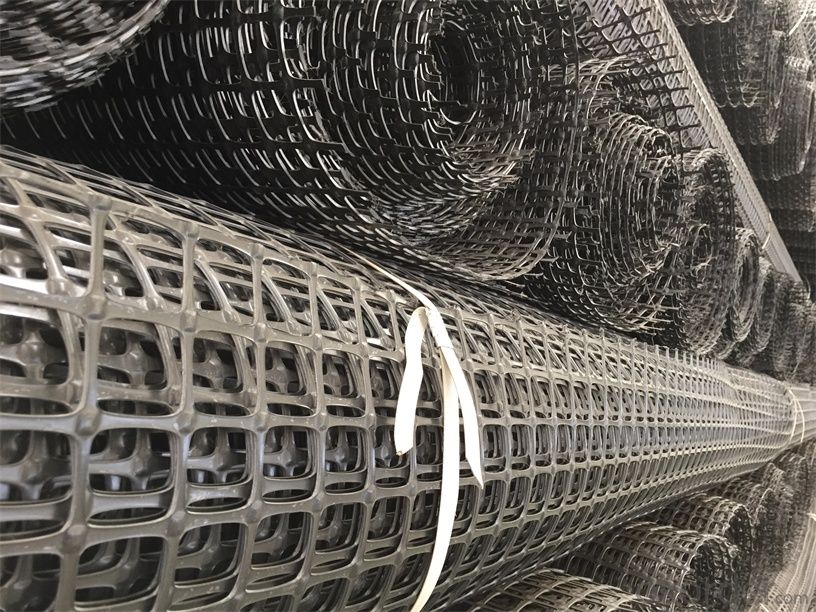
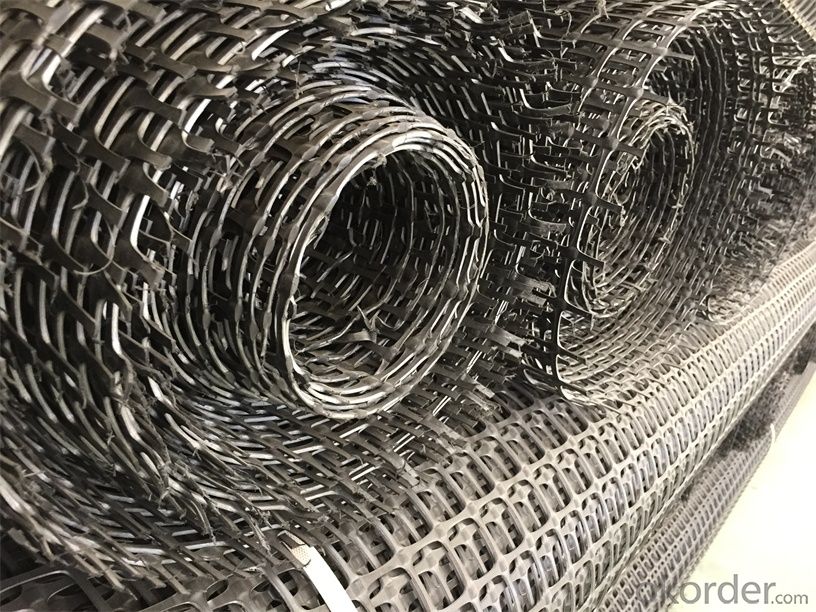
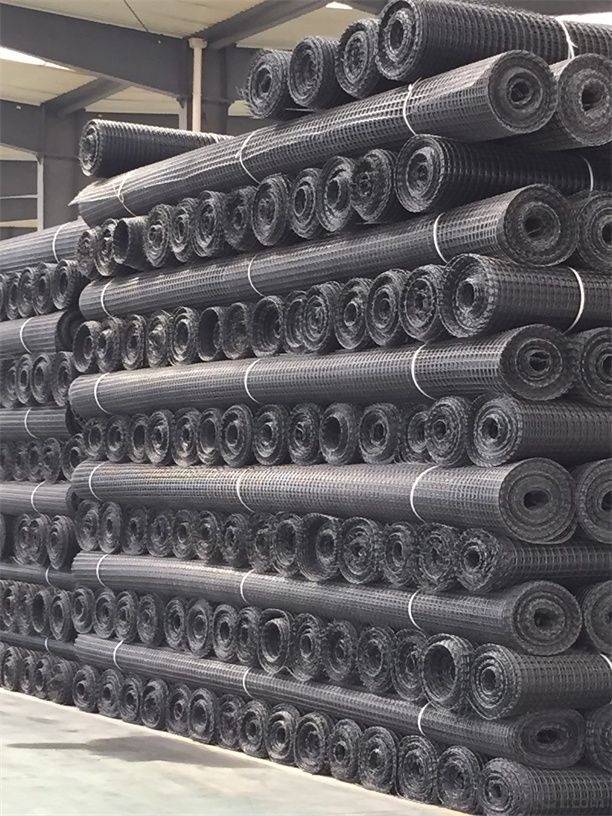
FAQ:
1. How to order your geogrid ?
a) Tensile strength in warp & weft direction
b) Grid size
c) Roll Width and length
d) Quantity
2. What is the Payment term?
a) TT
b) LC AT SIGHT
c) cash
d) 30% contact value as deposit ,the blance 70% be paid after received the copy of bl .
3. Delivery time
a) 19-25 days after received your depsit .
4. What is MQQ ?
a) 2500 m2 as MQQ , we can also produce sample for you .
Welcome to send your inquiry to us, and if you have any question, we can also help you.
- Q: What is a geogrid?
- A geogrid is a type of geosynthetic material made of polymer or fiberglass that is used to reinforce soil or other materials in civil engineering projects. It is commonly used to increase the strength and stability of retaining walls, slopes, and roadways by distributing the load and preventing soil movement.
- Q: What is the price of geogrid? There are geogrid manufacturers that good?
- I come to help you answer, geogrid with fiberglass geogrid, plastic geogrid, steel plastic geogrid, polyester geogrid, etc., there are two-way and one-way points, there are three special shaped, etc.According to the general specification of geogrid tension kn, such as 20kn/m,
- Q: How do geogrids enhance the stability of embankments?
- Geogrids enhance the stability of embankments by providing reinforcement and structural integrity. They are installed within the soil layers of the embankment to distribute the applied loads and increase the overall strength of the structure. Geogrids also help to prevent soil erosion and lateral movement, reducing the risk of slope failures and improving the long-term stability of the embankment.
- Q: EG65R type geogrid meaningWhat is the meaning of EG, said 65 per meter of tensile strength is 65kN? 65KN/m R will be broken? What is the meaning?
- Is that tension can reach more than 65KN, as can pull off in what, I do not know, if there is a need to contact me, thank you, hope to adopt!
- Q: Can geogrids be used in reinforcement of underground utility corridors?
- Yes, geogrids can be used in the reinforcement of underground utility corridors. Geogrids are commonly used in civil engineering applications to provide strength and stability to soil, including underground structures such as utility corridors. They are effective in distributing load and preventing soil movement, enhancing the overall performance and durability of the underground utility corridors.
- Q: What are the long-term maintenance requirements for geogrids?
- The long-term maintenance requirements for geogrids are typically minimal. Once installed, geogrids require periodic inspections to ensure they are functioning properly and to address any issues that may arise, such as soil erosion or damage to the geogrid itself. Additionally, regular maintenance of the surrounding area, such as vegetation control and debris removal, can help prolong the lifespan and effectiveness of the geogrids.
- Q: What is the geogrid GSJ80/HP
- 2, no long-term creep as reinforcing material, have in long-term load under the condition of deformation resistance that the creep resistance is extremely important, glass fiber does not creep, which ensure product can maintain long-term performance.3, thermal stability - the melting temperature of glass fiber above 1000 degrees Celsius, which ensures that the fiberglass geogrid in paving operations to withstand the heat stability.
- Q: The difference between steel plastic two-way geogrid and steel plastic geogrid
- Two way steel plastic geogrid is horizontal and vertical tension requirements
- Q: What is the minimum net size of geogrid mesh Center
- This depends on the material
- Q: How do geogrids improve the performance of reinforced soil walls?
- Geogrids improve the performance of reinforced soil walls by providing tensile strength and stability to the soil. They act as a reinforcement material that helps distribute the loads evenly, reducing the risk of wall failure due to excessive pressure or settlement. Additionally, geogrids increase the overall strength of the soil structure, allowing for the construction of taller and steeper walls.
Send your message to us
Biaxial High Tensile Strength Warp Knitted Geogrids for Tree Protection
- Loading Port:
- Tianjin
- Payment Terms:
- TT OR LC
- Min Order Qty:
- 20000 m²
- Supply Capability:
- 50000000 m²/month
OKorder Service Pledge
OKorder Financial Service
Similar products
Hot products
Hot Searches
Related keywords
